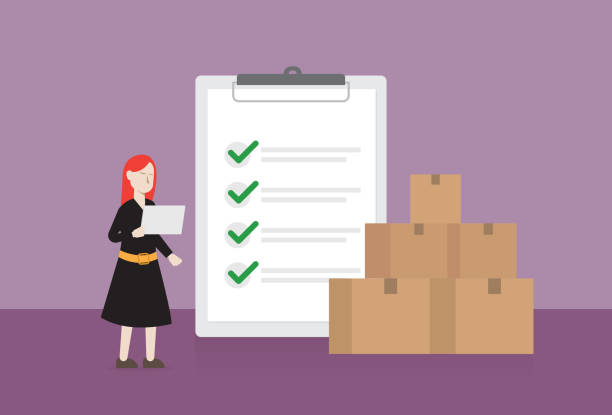
In today’s data-driven world, businesses still rely on direct outreach to attract leads, nurture prospects, and close sales. Buying mailing lists can be an efficient strategy—if done correctly. However, without the right approach, it can quickly turn into a budget-draining exercise with poor ROI. This guide will walk you through the smart way to buy mailing lists and avoid common pitfalls, especially when looking to buy business mailing lists.
Why Businesses Buy Mailing Lists
Companies often buy mailing lists to:
-
Reach a wider but targeted audience.
-
Accelerate lead generation.
-
Support email or direct mail campaigns.
-
Promote new products or services.
While this strategy sounds promising, it only works when the lists are clean, relevant, and compliant with privacy laws.
Step-by-Step Guide to Buying Mailing Lists Without Overspending
1. Know Your Audience
Before you even search for a list provider, define your target audience:
-
Are you targeting B2B or B2C?
-
What industries, job titles, or locations matter?
-
Do you need phone numbers, email addresses, or physical addresses?
Having clarity helps you avoid buying bloated lists with irrelevant contacts.
2. Choose Reputable List Providers
Avoid free or suspiciously cheap offers—they’re often outdated, illegal, or non-compliant with GDPR or CAN-SPAM. Trusted providers that allow you to buy business mailing lists with verified data include:
-
Dun & Bradstreet
-
InfoUSA
-
Experian
-
Blue Market Media
Ensure the provider updates their database regularly and offers customisation options.
3. Only Pay for What You Need
Buying massive lists might seem cost-effective, but it’s better to purchase segmented, laser-targeted contacts. Ask your provider if they offer:
-
Pay-per-record pricing
-
Filters like revenue, employee size, or location
-
Free samples or previews of the data
This way, you avoid overpaying for contacts that won’t convert.
4. Verify Data Accuracy
Good list providers will guarantee a certain percentage of deliverability (e.g., 90%+). Ask if the mailing list:
-
Is verified within the last 3-6 months
-
Is permission-based (opted-in)
-
Includes bounce-back protection or credit for undelivered emails
5. Stay Legally Compliant
Buying mailing lists is legal—but using them can breach regulations if you’re not careful. When you buy mailing lists, make sure you:
-
Understand and follow GDPR (EU) and CAN-SPAM (US) regulations.
-
Avoid contacting people without proper permissions.
-
Use proper opt-out mechanisms in your emails.
Your budget won’t matter if you’re hit with a legal fine.
6. Track ROI and Clean Your List
After purchasing and using your list:
-
Monitor open, bounce, and unsubscribe rates.
-
Regularly clean your data to remove inactive or invalid contacts.
-
Consider a CRM integration to track leads from list to sale.
This ensures that you’re not just buying data—but building relationships.
Red Flags to Watch Out For
When looking to buy business mailing lists, avoid providers who:
-
Offer “millions of emails for $99”
-
Cannot explain where or how they source data
-
Refuse to provide samples
-
Don’t comply with data protection laws
Cheap lists often cost more in the long run—through poor campaign performance or legal issues.
Final Thoughts
You can buy mailing lists effectively without draining your marketing budget—if you focus on quality over quantity, compliance over shortcuts, and precision targeting over mass distribution. Think of mailing lists as an investment, not just an expense. By following the tips in this guide, you’ll make smarter purchasing decisions and drive better campaign results.







